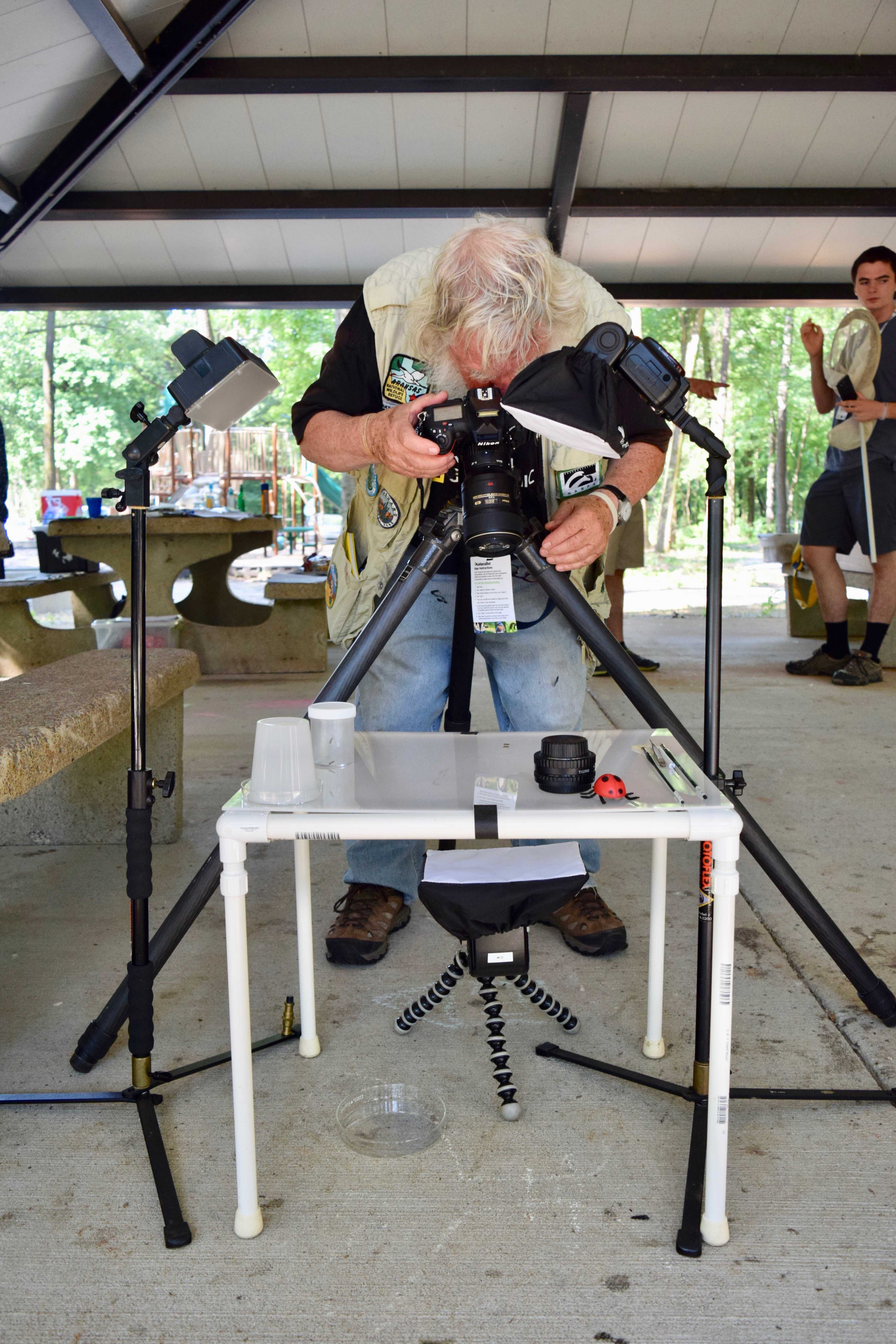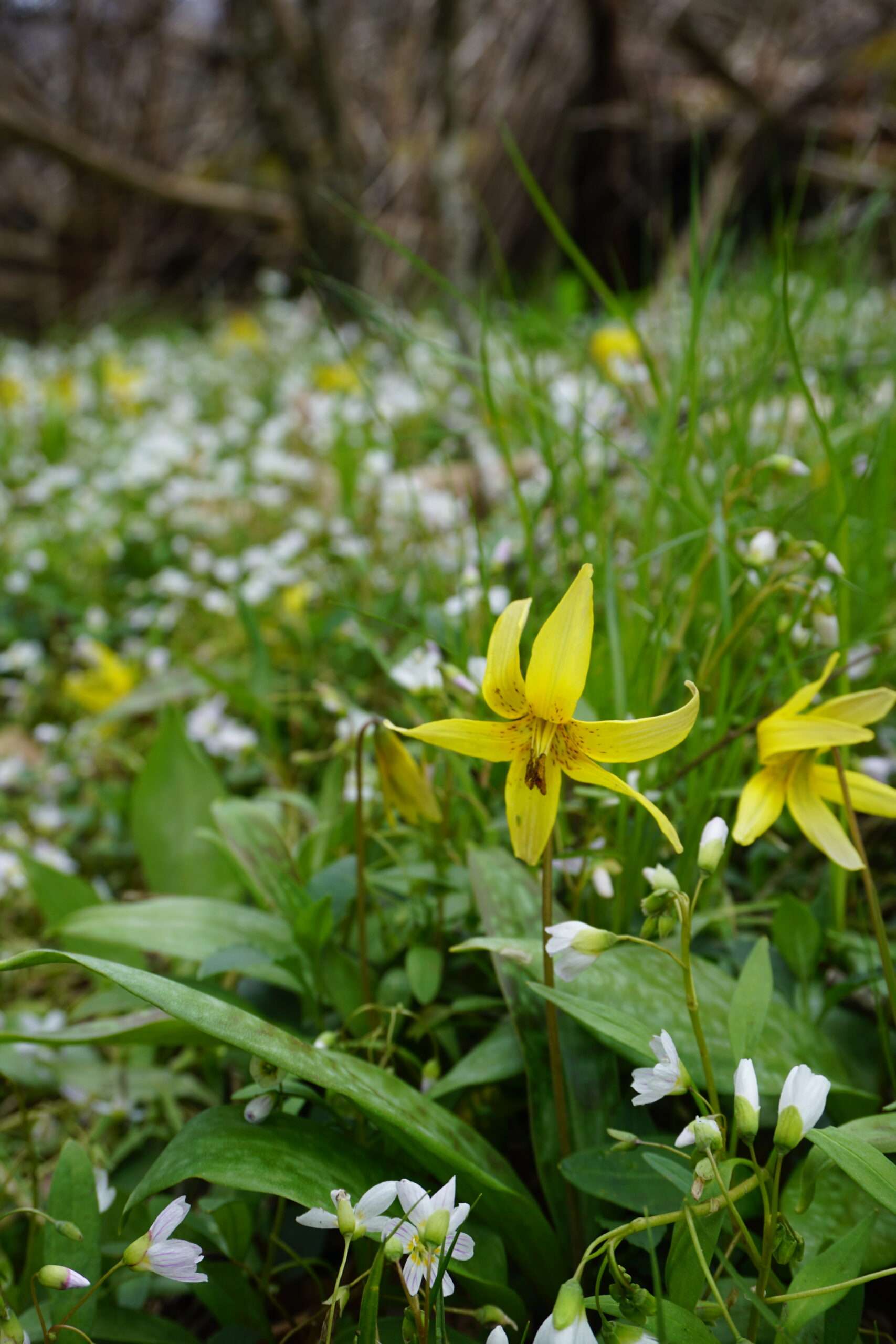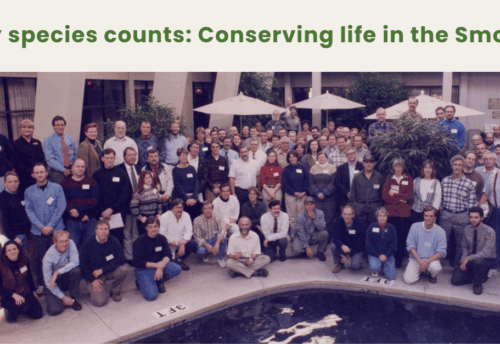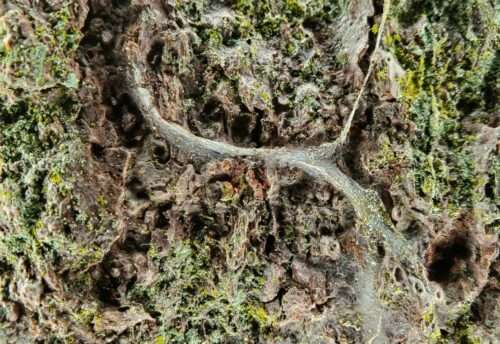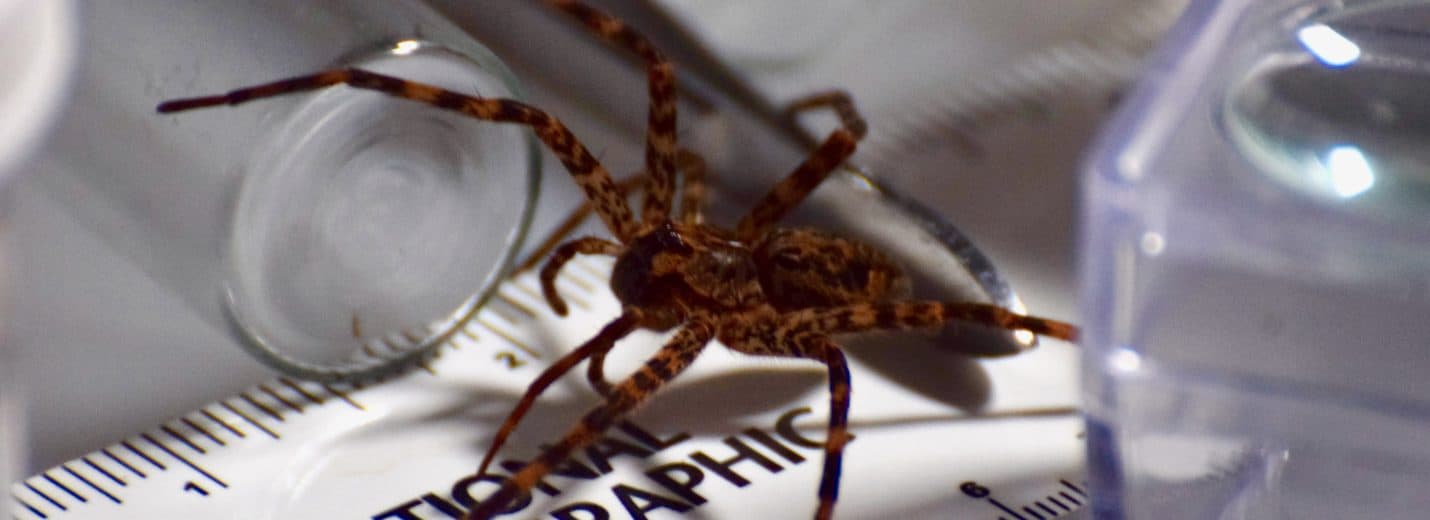
Entomologists are wild. First of all, they seek out the creepiest looking critters they can find, jar them up, stare at them for hours and (depending on the person) dissects crush, and test them for whatever they need. Many simply cite and observe, but they’re comfortable getting close and personal with the insects. Personally, I’ve never been a huge fan of bugs. Like many people out there, I’ve steered clear of opportunities to seek out and catch the little guys. That all changed after my first Bioblitz experience.
[slideshow_deploy id=’2482′]For June’s Bioblitz, Todd, Rudi, Dr. Kuhn, and Kevin FitzPatrick drove down to Muscle Shoals, Alabama to the TVA site in order to do exactly what every persons greatest fantasy is: catch bugs. After the 4.5 hour drive, we quickly dropped off some of our personals at an Airbnb, and continued on to the site. I was lucky enough to assist Mr. FitzPatrick with his equipment. See, Kevin is a wildlife photographer and has been in the creative business for the majority of his working life. His photographs have appeared in the North Carolina Nature Conservancy, the North and South Carolina Wildlife Federations, Nature Photography Magazine, Our State North Carolina, Southern Environmental Law Center, Massachusetts Audubon, National Geographic, and GEO magazine. So yes, it was a pretty amazing experience to be able to work with him. His website can be found here: http://allspeciesphotography.com/about-kevin/
[slideshow_deploy id=’2466′]©Kevin_FitzPatrick
Kevin has a very unique style when it comes to photographing things that like to crawl. He begins by setting up a small, DIY acrylic table with quarter inch PVC as the backbone. He then places a translucent white sheet of plastic and clamps it down for stability. A remote triggered flash is placed above and below the table along with his camera of choice: the D810 from Nikon (The complete setup can be seen below). With some minor camera adjustments, the resulting image can be absolutely spectacular. The tricky part is getting the animal out of its confined jar and taking its picture before it scurries or flies off the table. Fun fact: if you’re ever photographing an insect, placing it on ice for 20 minutes or blowing on it gently temporarily immobilizes them and makes it much easier to snap photos. Some extraordinary examples are shown above.
As the evening continued, we quickly set up a couple of white hanging sheets near some lights along with collection jars, and plenty of brochures for the few individuals that were able to make it. These were focused on attracting bugs while allowing collectors to identify and capture anything that caught the eye. The goal here was to identify as many species as possible in the given area, photographing it, and determining wether or not you’ve made a new discover or not. Essentially, discovery is at the heart of every bioblitz. We finished the night around 11:30 and quickly packed up our belongings for the next full day of collection and documentation.
The Following morning, the air was truly full of excitement. As people trickled in, both members from the TVA and DLIA boards pushed people to check in, grab some collection gear, and get rolling on grabbing some critters. After introductions, people set off to one of 4 sites on the TVA property to gather insects, arachnids, lizards, plants, and any other things that seemed exciting. Now, the most exciting part about these events is the technology that helps make it all come together. We use a machine learning engine through the app iNaturalist <a href=”https://www.inaturalist.org/”></a> in order for everyone searching to document everything they can take a picture of. Specimen collection is good but is limited by difficulty to catch, size of the collection containers, etc. This application essentially compares the picture that you take to an enormous amount of pooled data and gives you what it most likely thinks it is. I’ll be doing a whole other piece on iNaturalist and how important it is to the scientific community, but for this post know that it’s a tool that records and adds data to public repositories.
The afternoon was broken up into two sessions. Both groups of people set off to one of the four sites and returned at lunch in order to discuss and document. This is where Kevin’s expertise came in. The speed at which samples were loaded onto the table, captured, and then released was incredible. Admiring the photos came after all of the jars were released of their contents and everyone was done collecting. It was exciting to see so many people come out and explore the “small” area that we set out for them. People of all ages were ecstatic to take photos of insect, plants, and fungi and even more excited to look at their phones and see what it was that they were looking at. It’s always good to know what it is you’re looking at, but it’s a whole other thing to have a mini and personal scientist in your pocket pointing you in the right direction. If you haven’t been to a bioblitz, I STrONGLY recommend it. They’re experiences unlike any other. Bring your friends and come hang out with some scientists while you explore the nature around you. You might even discover a new species while you’re at it. There are plenty more out there, we just have to look.
Check out the rest of our site to learn more about the hunt for more species!


